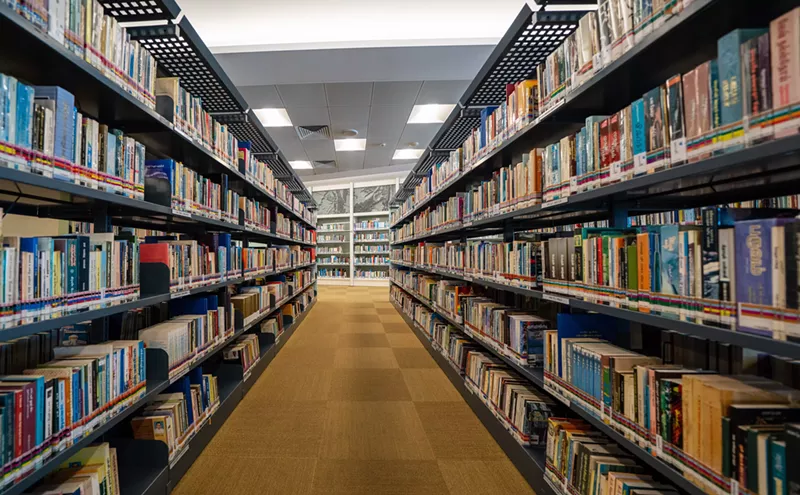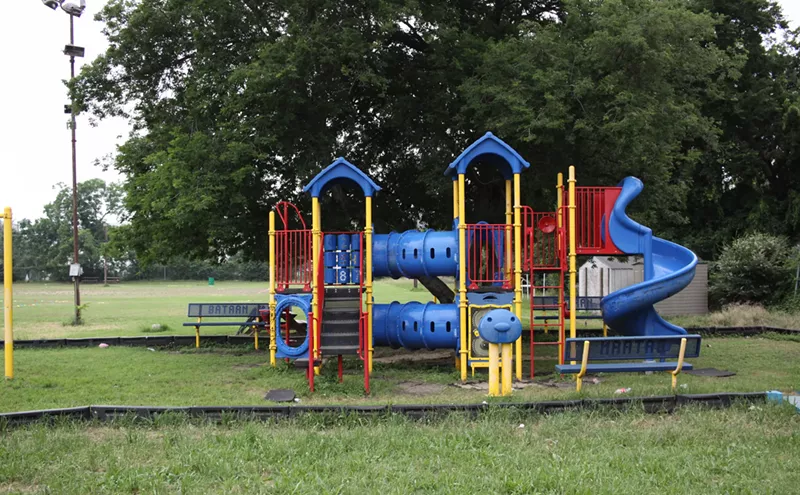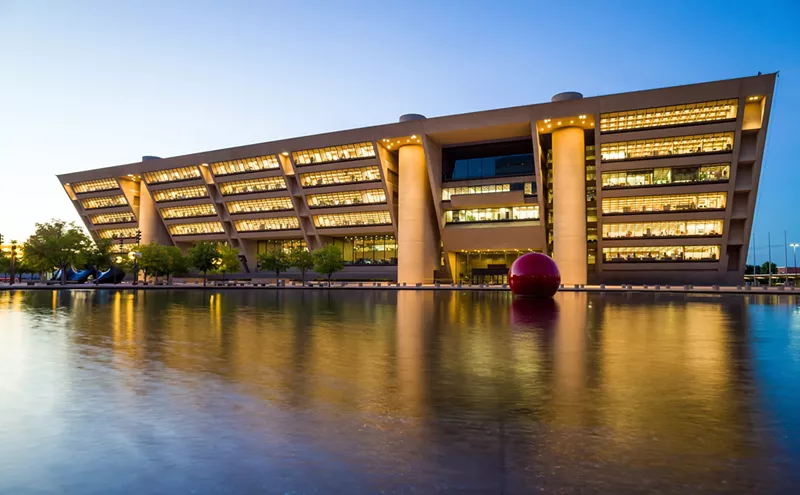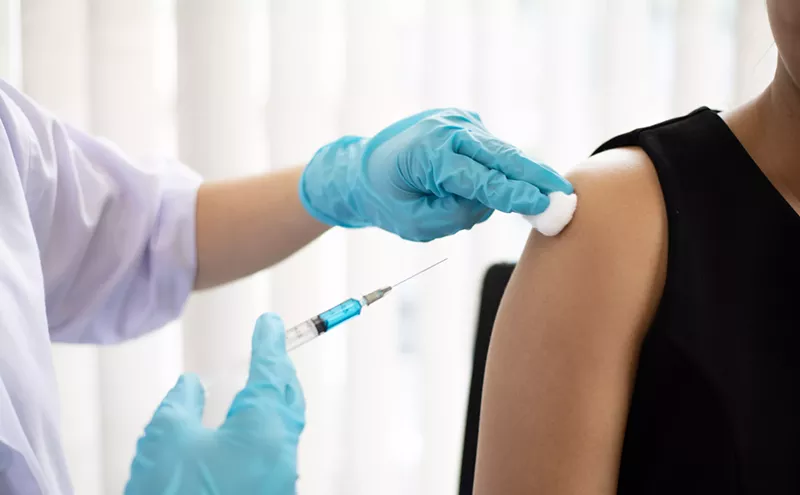The neighborhoods surrounding Dallas ISD's Robert E. Lee Elementary are much like the neighborhoods surrounding nearby Stonewall Jackson and Lakewood Elementary. That is, they are predominately white and upper middle class, with just a touch of East Dallas crunchiness. But while Stonewall and Lakewood bulge with kids from the neighborhood, Lee has largely failed to attract kids from the single-family homes along Lower Greenville that feed into it.
For proof, look at the numbers: Lakewood has 853 students. Seventy-six percent are white, 17 percent economically disadvantaged. Stonewall has 602 kids. Fifty-eight percent are white, 23 percent economically disadvantaged. Lee, by contrast, is basically the reverse. It has just 362 kids, 17 percent of whom are white, 71 percent of whom are economically disadvantaged.
This disparity is important, and not just because having more well-off white kids in DISD will boost test scores and therefore burnish the district's reputation. Right now, young middle-class families who can't afford either private school or the fast-rising home prices in Lakewood, Stonewall, and a couple other attendance zones tend to flee to the suburbs because they're convinced that DISD schools suck. More Lakewoods and Stonewalls means more middle-class families staying in Dallas, paying Dallas taxes, supporting Dallas schools.
This in turn benefits kids, because kids who attend schools with high concentrations of poverty, which is currently the case in the overwhelming majority of DISD schools, have poorer educational outcomes than kids who attend schools with greater economic diversity. Maybe it's being around kids who have gone to expensive preschools and grown up in a world of college graduates. Maybe it's that rich parents have more time and resources to spend pressuring administrators and teachers to stay on the top of their game and raising money and volunteering in ways that benefits the campus. (Case in point: Lakewood parents' ambitious $15 million fundraising campaign).
So, how to transform Robert E. Lee into Stonewall?
On Tuesday, parents, DISD officials and neighborhood leaders unveiled plans they hope will convince parents in neighborhoods like Vickery Place, the Belmont Avenue Conservation District and Lakewood Heights to forego private school and send their kids to Robert E. Lee. Their tools of persuasion: an English/Spanish dual-language program and DISD's second International Baccalaureate elementary school. There's also a new rock-climbing wall in the gym.
"This school is ready for prime time," City Council member Philip Kingston declared from a dais in front of the school to several dozen current and prospective Lee parents who braved the sub-50 temperatures for the announcement. "This school is ready for you to send your kid to."
The dual-language program, in which kids are taught to speak and read in both English and Spanish, is in its second year. One neighborhood mom cradled a 3-year-old while she explained that her older daughter was part of the inaugural English/Spanish kindergarten class last year. She's in first grade now, and her mom says her grasp of both languages is impressive.
IB is an rigorous educational curriculum/philosophy, certification for which is administered by a Swiss nonprofit. Trustee Mike Morath, who graduated from Garland High School's IB program, says he would like to turn all DISD schools into IB campuses. For now, he's content to build an IB feeder pattern. Students at Lee, which expects to apply for official certification in 2015, and Lipscomb Elementary, which will also be seeking IB certification, will matriculate to J.L. Long Middle School and then to Woodrow Wilson High School, both of which area already IB certified.
The Hillcrest High School feeder pattern is next. Preston Hollow Elementary -- another campus that does a poor job of attracting students from the neighborhood -- launched an IB program this year, with certification expected next year. Nearby Kramer Elementary is also looking at going IB. Then it would be Franklin and Hillcrest's turn, Morath says.
Lee parents hope the IB label will help their neighbors realize that the school is, in the words of its first-year principal Bridget Ransom, a "hidden jewel." PTA president Sophia Hurley knows how they feel. She was heartsick when DISD shuttered Bonham Elementary, where her child attended kindergarten, especially when she learned the kids were being shipped to Lee. Now, she's one of Lee's biggest cheerleaders.
So is Staci Howie. Growing up, she bounced from public school to public school. The good ones -- the ones she credits with propelling her into a successful adult life -- were the ones where the parents were deeply involved. She lives in Vickery Place and has the means to afford private school but prefers to invest in DISD, much in the way that the parents of her peers growing up invested in her schools. She's currently spearheading the Lee Elementary Campaign for Excellence, a $150,000 capital campaign that will cover a landscaping and playground makeover and help fund various educational initiatives, from IB teacher training to a new computer lab.
Send your story tips to the author, Eric Nicholson.












